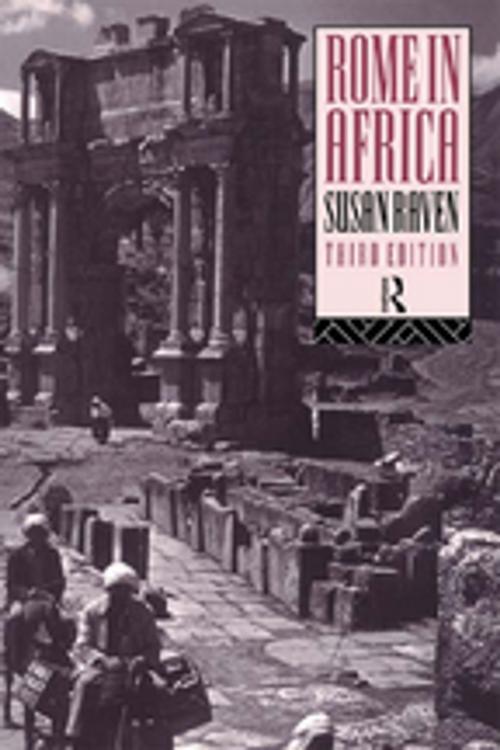| Author: | Susan Raven | ISBN: | 9781134892396 |
| Publisher: | Taylor and Francis | Publication: | December 6, 2012 |
| Imprint: | Routledge | Language: | English |
| Author: | Susan Raven |
| ISBN: | 9781134892396 |
| Publisher: | Taylor and Francis |
| Publication: | December 6, 2012 |
| Imprint: | Routledge |
| Language: | English |
Nearly three thousand years ago the Phoenicians set up trading colonies on the coast of North Africa, and ever since successive civilizations have been imposed on the local inhabitants, largely from outside. Carthaginians, Romans, vandals, Byzantines, Arabs, TUrks, French and Italians have all occupied the region in their time.
The Romans governed this part of Africa for six hundred cities, twelve thousand miles of roads and hundreds of aquaducts, some fifty miles long. The remains of many of these structures can be seen today.
At the height of its prosperity, during the second and third centuries AD, the area was the granary of Rome, and produced more olive oil than Italy itself.
The broadening horizons of the Roman Empire provided scope for the particular talents of a number of Africa's sons: the writers Terence and Apuleius; the first African Roman Emperor Septimius Severus, famous Christian theologians like Tertulllian and Saint Augustine - these are just some who rose to meet the challenges of their age.
Nearly three thousand years ago the Phoenicians set up trading colonies on the coast of North Africa, and ever since successive civilizations have been imposed on the local inhabitants, largely from outside. Carthaginians, Romans, vandals, Byzantines, Arabs, TUrks, French and Italians have all occupied the region in their time.
The Romans governed this part of Africa for six hundred cities, twelve thousand miles of roads and hundreds of aquaducts, some fifty miles long. The remains of many of these structures can be seen today.
At the height of its prosperity, during the second and third centuries AD, the area was the granary of Rome, and produced more olive oil than Italy itself.
The broadening horizons of the Roman Empire provided scope for the particular talents of a number of Africa's sons: the writers Terence and Apuleius; the first African Roman Emperor Septimius Severus, famous Christian theologians like Tertulllian and Saint Augustine - these are just some who rose to meet the challenges of their age.















